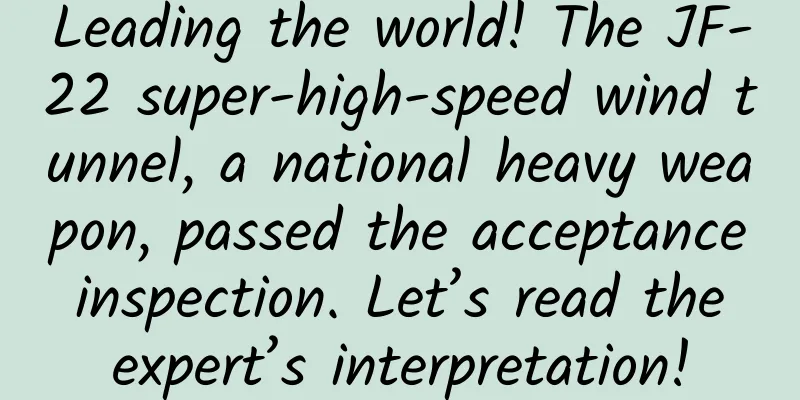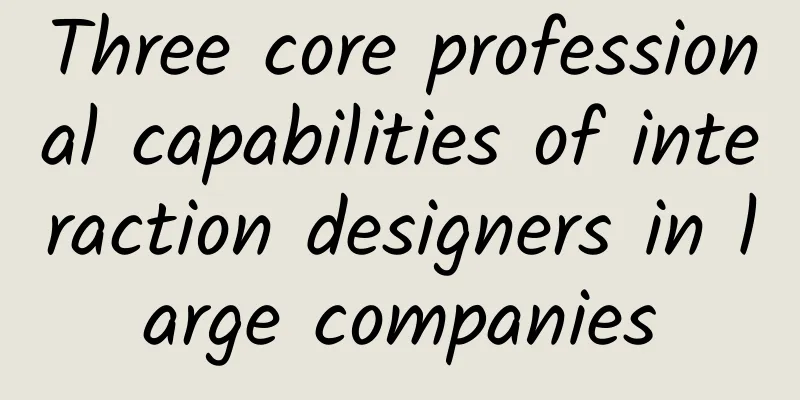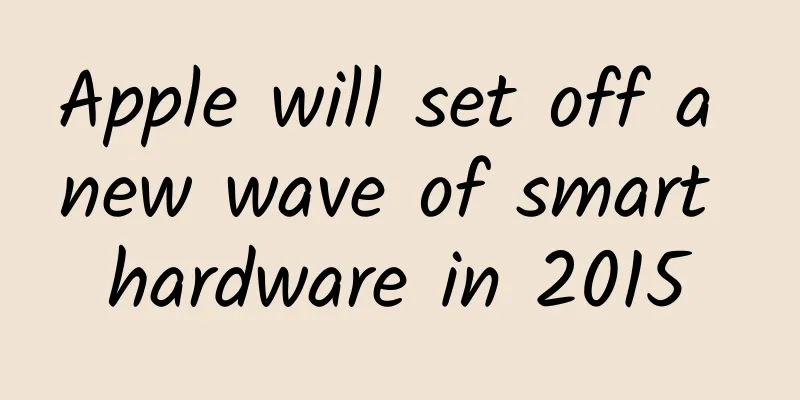After the 80 million patent case, Huawei chose to fight back against Samsung's exclusion

|
Recently, a well-known big data organization released the mobile phone sales ranking for the first quarter of 2017. The data showed that in the Chinese market, the top three brands were Huawei, OPPO and vivo. Apple did not make it into the top three, but ranked fourth, and Xiaomi was fifth. The data shows that the sales volume of domestic mobile phones in the first quarter of 2017 was still strong, occupying four of the top five places. Indeed, in the past two years, the progress made by domestic mobile phones in technology research and development and patent innovation is obvious to all. From being blocked by international giants using patents to entering the global market, to actively using patents to fight back, domestic smartphones are growing step by step. Huawei sued Samsung and was awarded 80 million yuan In May 2016, Huawei announced that it had filed intellectual property lawsuits against Samsung in the United States and China, including the Northern District Court of California and the Shenzhen Intermediate People's Court. In the lawsuit, Huawei demanded that Samsung compensate Huawei for its intellectual property infringement, including high-value patents related to communication technology and software used in Samsung mobile phones. Recently, the case finally came to a conclusion. The first-instance judgment of the Quanzhou Intermediate Court determined that 22 Samsung products constituted patent infringement, and ruled that Samsung must stop manufacturing, promising to sell, and selling mobile terminals equipped with the patented technology solutions involved in the case, totaling 22 Galaxy series mobile phones. At the same time, Samsung compensated Huawei for economic losses of 80 million yuan and 500,000 yuan in litigation costs. Samsung was dissatisfied with the court's verdict and recently filed a review of the first-instance result, requesting a review of the invalidation of the patent invention that Huawei sued Samsung for infringement. However, after review by the Patent Office, it was found that all the invalidation reasons submitted by Samsung were not established, and the review was ultimately rejected. However, judging from the administrative and judicial procedures that have been completed, even if Samsung chooses to appeal again, the chances of a comeback are still slim. In other words, Huawei has taken the initiative in this patent war, the horn of victory has been blown, and Samsung is just struggling to reverse the outcome of the defeat. In addition, according to the first-instance judgment of the Quanzhou Intermediate People's Court, Samsung will have to pay Huawei 80.5 million yuan in compensation and 22 Galaxy phones will face a sales ban. Although the compensation of 80.5 million is just a drop in the bucket for the wealthy Samsung, the ruling to ban the sale of 22 Samsung Galaxy phones is a serious warning. It not only dealt a heavy blow to Samsung's confidence in opening up the market in China, but also put it in a passive situation. It can be said that the Chinese market was handed over to other competitors for nothing. Huawei has a backup plan to solve panel supply problems As we all know, Huawei's Mate9 Pro and Honor Magic both use Samsung Amoled screens. Although this incident should not affect the screen supply of Mate9 Pro and Honor Magic, according to foreign media reports, some models of the next generation iPhone will be equipped with OLED screens. Apple and Samsung may have signed an OLED panel order agreement worth up to US$2.6 billion. It is said that Apple is expected to order 75 million OLED screens from Samsung Display, accounting for 14% of OLED screen production. Samsung Electronics will receive 56% of the screens, and OPPO and vivo will guarantee 13% and 10% of the OLED screen share respectively. In this way, if the news is true, Samsung, Apple, OPPO, and vivo account for 93%, and the rest is already quite limited. It is worth noting that the brands mentioned in the above revelations do not include Huawei, which has recently been in court with Samsung, so it is natural for Huawei to join hands with domestic panel manufacturer BOE to make OLED screens. Recently, there are also reports that the OLED screens jointly developed by Huawei and domestic panel manufacturer BOE have been successfully mass-produced. However, Huawei and BOE have not officially disclosed relevant information. Independent research and development may be a better choice There are many people who say that OLED is the future. Although it is not yet mature in large-size applications, small-size OLED screens have become the standard for many flagship phones. At this stage, mobile phone manufacturers use OLED screens simply to improve the product tone and differentiate themselves from their competitors. Huawei, which puts the high-end strategy first, has to continue to use OLED screens in its products in order not to be surpassed by its competitors in the current competitive situation in the mobile phone market. This is almost an inevitable choice. However, after this patent lawsuit, although Samsung will not cut off the supply of screens, it has made a lot of changes to Huawei P10. At the press conference, it said that Kirin 965 is equipped with USF2.1, but this kind of flash memory can only be mass-produced by Samsung in the world. After losing the previous lawsuit, Samsung could refuse to provide USF2.1 flash memory to Huawei, ensuring that its own S8 can rely on better experience to win the favor of Chinese users. However, Samsung did not refuse, but provided flash memory to Huawei. Later, taking advantage of the shortage of Huawei P10, Samsung cut off the supply of UFS2.1 flash memory. Huawei began to panic. With such a good market response, it certainly could not cut off the supply demand. So, it secretly used the trick of replacing the prince with a cat, and replaced the UFS2.1 flash memory with eMMC. This change was incredible, resulting in a huge difference in flash memory between P10 and P10plus. So although Samsung did not cut off the supply of screens to Huawei, it hit back at Huawei in other aspects, which Huawei did not expect. However, it must be said that Huawei has always been on guard against Samsung in terms of screens. In early 2016, Huawei took over all of Innolux's annual panel production, resulting in a reduction in orders to other panel manufacturers. At that time, many self-media said that they had heard from the supply side that Huawei and Daifuku had cut their sales targets. It seems that Huawei had foreseen the price increase of smartphone components due to exchange rate fluctuations last year and the fact that the curved screen of Mate9 was restricted by Samsung. In addition, there have been reports that Huawei and OV, influenced by Apple's order of OLED panels from Samsung, formed an alliance with the aim of pushing other OLED screen suppliers to increase their production capacity. Huawei, as one of the few domestic manufacturers that can control core technologies, has always wanted to get rid of its dependence on foreign countries, so independent research and development may be a better choice. BOE's joint research and development with Huawei is indeed commendable, and it is also a big step forward for the advancement of China's mobile phone screen technology. I hope that there will be more and more such cooperation in the future, so that we no longer have to rely on Samsung, and even surpass South Korea sooner rather than later. As a winner of Toutiao's Qingyun Plan and Baijiahao's Bai+ Plan, the 2019 Baidu Digital Author of the Year, the Baijiahao's Most Popular Author in the Technology Field, the 2019 Sogou Technology and Culture Author, and the 2021 Baijiahao Quarterly Influential Creator, he has won many awards, including the 2013 Sohu Best Industry Media Person, the 2015 China New Media Entrepreneurship Competition Beijing Third Place, the 2015 Guangmang Experience Award, the 2015 China New Media Entrepreneurship Competition Finals Third Place, and the 2018 Baidu Dynamic Annual Powerful Celebrity. |
<<: Finally, we can see the electronic gear lever on this BMW. As for rear-wheel drive? Haha
Recommend
From popular to unpopular, a review of the history of tablet computers
On April 3, 2010, Apple released the first genera...
Traffic monetization: How to identify and select better advertising aggregation platforms?
In the first half of the mobile Internet , what p...
Understanding the pre-reorganization of WM Motor, which is undergoing a rebirth and transformation
Although the new energy vehicle market is booming...
Why did Xia Yiping, CEO of Jiyue Automobile, criticize Jia Yueting even though he is not a competitor?
On June 27, Xia Yiping, CEO of Jiyue Automobile, ...
How to use the five major features of QQ promotion to carry out online marketing?
Many marketing and promotion personnel will use Q...
The Arctic is turning greener
The Arctic region only accounts for about 5% of t...
The CPU is not enough? Why do Android flagships get so hot when playing games?
The heating of mobile phones is definitely a heada...
4 key thinking styles you need to have when writing public relations copy!
This is an era of information explosion, and it i...
Search Promotion | Four Principles of Data Analysis
Many friends want to learn data analysis, so I wi...
Are the two rows of large brushes at the bottom of the escalator used to brush the shoes of passers-by?
When I was a kid, escalators were a novelty. Duri...
A piece of ginkgo leaf you picked up may come from billions of years ago
As the temperature gradually drops, the ginkgo be...
A very stealthy feeling! How can this bird catch fish with an "umbrella"?
For birds that make a living by catching fish, ma...
Apple conference summary: Dual SIM and the biggest and most expensive iPhone ever are here
[[243566]] summary Apple released three new phone...
Constipation savior! The fruit that is best at "pooping" can turn you into a jet fighter in a second
The development and evolution of the human specie...









